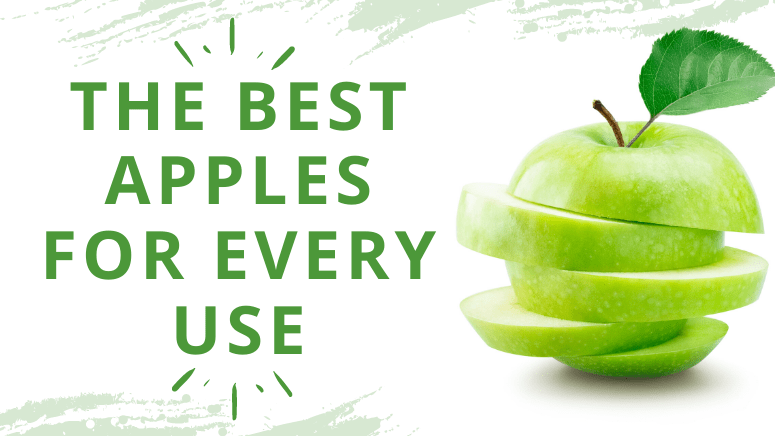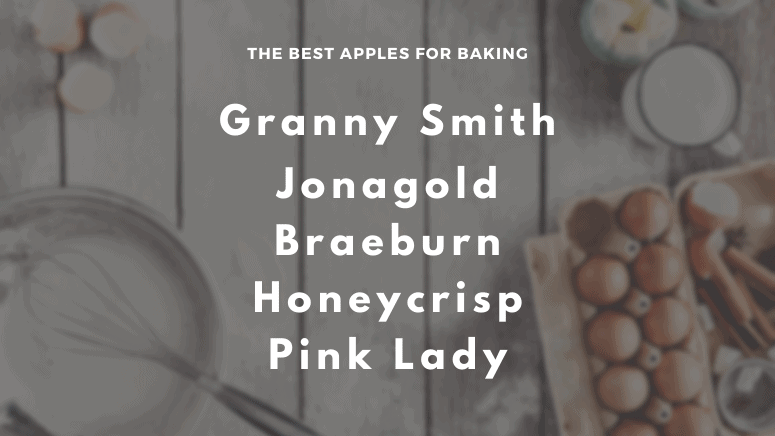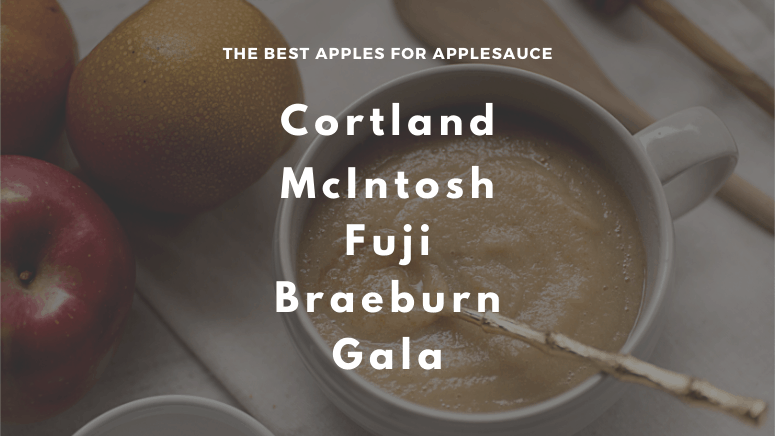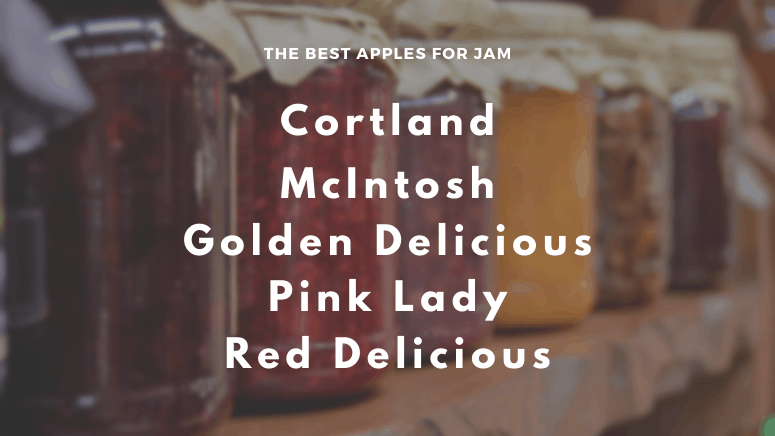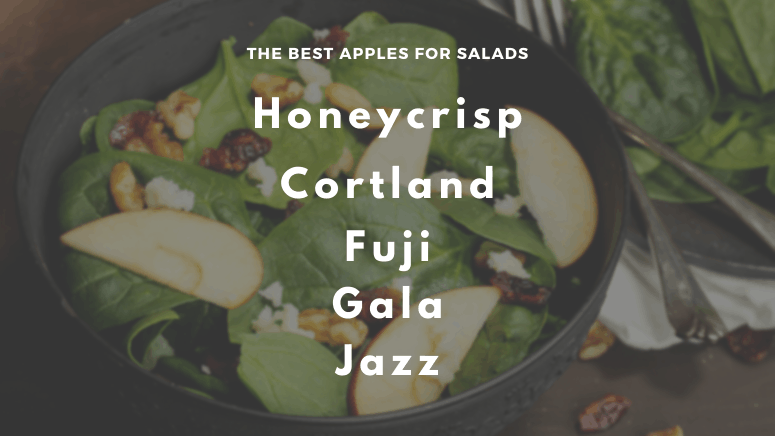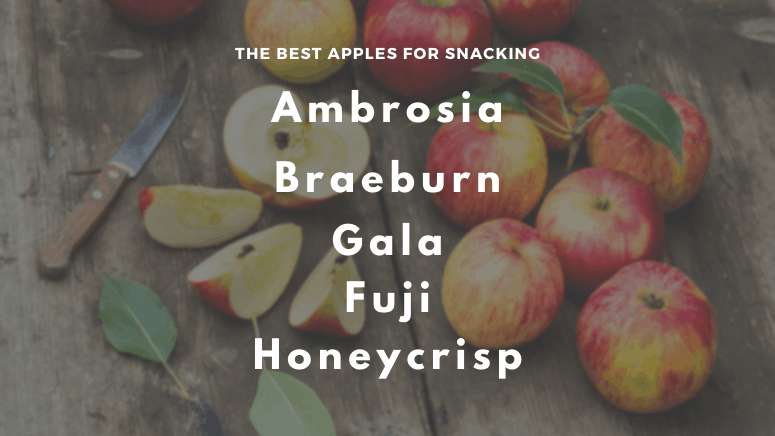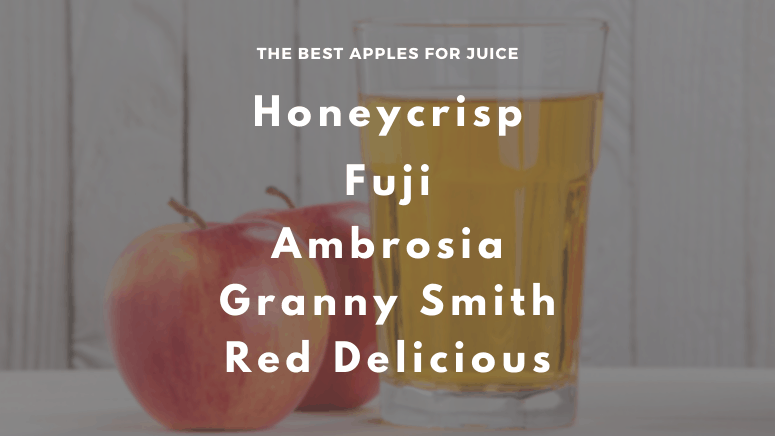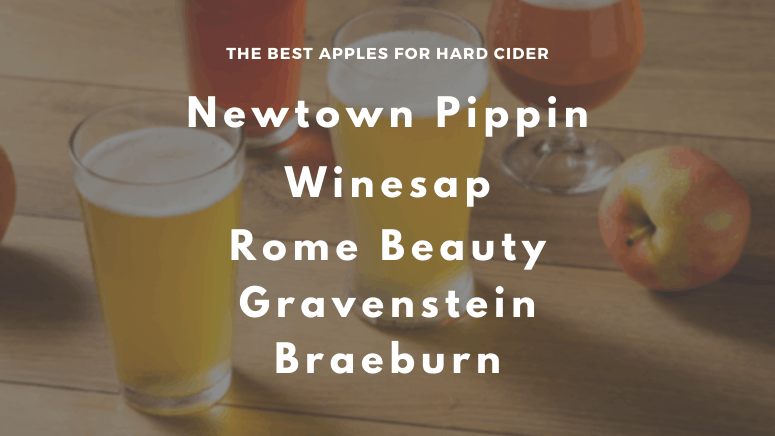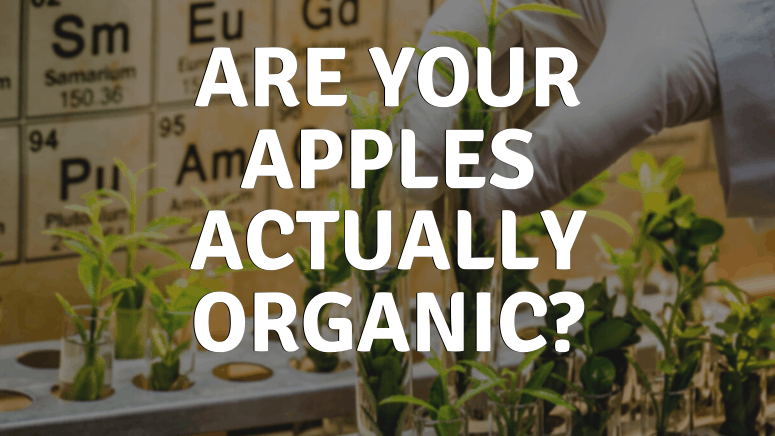



Allison TeVelde
Blog Editor
Are your Apples Actually Organic?
A large section of grocery stores these days sell organic foods, including Walmart, Trader Joe’s, Aldi,Whole Foods… the list goes on. As with other fruits and vegetables, organic is an option available to people like you and me who want to be healthy and safe.
Studies show that consumers love buying organic produce. They will choose it over conventional produce, especially when it comes to thinking about their health or their kids. But, have you ever taken a second to squint a little closer at this “organic” label? What is this telling us about the apples we are buying? Are we actually making a healthy choice by stuffing our shopping bags with fruit that has “USDA organic” stickers slapped on it? This could be worthwhile to research if you have ever wondered this. Are your apples actually organic?
What defines something as organic?
According to the U.S. Department of Agriculture (USDA), in order for something to be organic, the farmers growing the produce needs to “rely on natural substances and physical, mechanical, or biologically based farming methods to the fullest extent possible.” None of the produce should be genetically modified in the slightest. Something can be considered organic if the soil its grown on has no trace of prohibited substances at least three years before it’s harvested. This means no synthetic pesticides and fertilizers. This means produce that is richer, fresher, and better for the environment. Basically, what these farmers are doing is following pre-set federal guidelines.
When it comes to apples, then, this means growing apple trees from seeds that haven’t been genetically modified. An organic apple’s DNA has not been changed in order to “improve” it—make it redder, brighter, rounder. It is naturally good the way it is.
Another thing that sets organic fruit apart is that no pesticides are used to keep insects away. Why does this matter? This means extra work for the farmers, who have to physically fight weeds and bugs instead of relying on sprays to do the work for them. Chemicals used in pesticides can be harsh and unnecessarily harmful to the human system when eaten. The intention of growing food without this extra risk is meant to protect people from eating foods that their body was never designed to eat.
So, are these organic labels accurate?
There can be a distinct price difference when it comes to choosing between regular and organic apples. One has a sticker that states it has been inspected by the USDA, the other does not. Sometimes it doesn’t seem worth it. There is more of a psychological reason people buy organic foods, however. According to a study done in the UK, “in the case of organic foods it could be argued that one’s intention to buy could be influenced not only by obligation and guilt but also by wanting to do something that is morally and ethically good.”
Does buying organic food make you a better person? Perhaps, but that is a consumer mindset that comes from smart marketing strategies, and is not always an accurate reflection of whether the fruit is clean. Many fruits and vegetables, regardless of whether or not they are organic, may contain traces of pesticides.
Organic fruit, in contrast to regular fruit, often shows spots or other imperfections. People who buy organic know that this fruit is going to be different—smaller, or not perfectly shaped. Appearance is important, because when people are shopping they are going to choose the fruit that looks the most delicious to eat. Sometimes there doesn’t seem to be any difference between apple varieties at all… which is why we have to deal with the risk of organic food fraud. This is an issue which happens when fruit producers try to pass regular apples—which have been sprayed with pesticides and genetically modified—as organic ones.
What then do we do about it?
How can we know whether our apples are actually organic? There is always the option to grow some apples yourself. Start an apple orchard with apple seeds or saplings that you know have not been genetically modified. An orchard of your own means you know exactly where your fruit comes from, and you know whether or not chemicals have been applied to the apples. Of course, everyone having their own apple orchard would be ideal; however, not everyone is able to do this, or wants to. This means buying from others.
Farmer’s markets and other local produce sales are another great way to get apples you know are grown in a healthy, non-modified manner. By talking to the producers directly, you can learn what methods they used to grow the apples, whether they used pesticides, and what varieties of apples are being grown. You can have peace of mind knowing the apples you eat are good for you and your family.
Still, if you don’t have access to either of these sources, you’re back to the grocery store mulling over the choice between organic or non-organic apples. They are there, staring back at you from their neatly stocked shelves. The best thing to do is to wash your fruit after you bring it home and before you eat it. Since apples and other fruits like peaches and pears have such soft skins, pesticides are more likely to affect them. This is different than an orange, which has a thick skin. Experts suggest using plain old running water and a scrub brush. Peeling your fruit can also help relieve concerns about pesticide pervasion.
So, is your fruit bowl pesticide free? Are you actually eating organic? That depends on numerable factors, and sometimes it seems impossible to know. However, by understanding what the label “organic” means and knowing where your fruit comes from, you can have peace of mind about your fruit consumption.
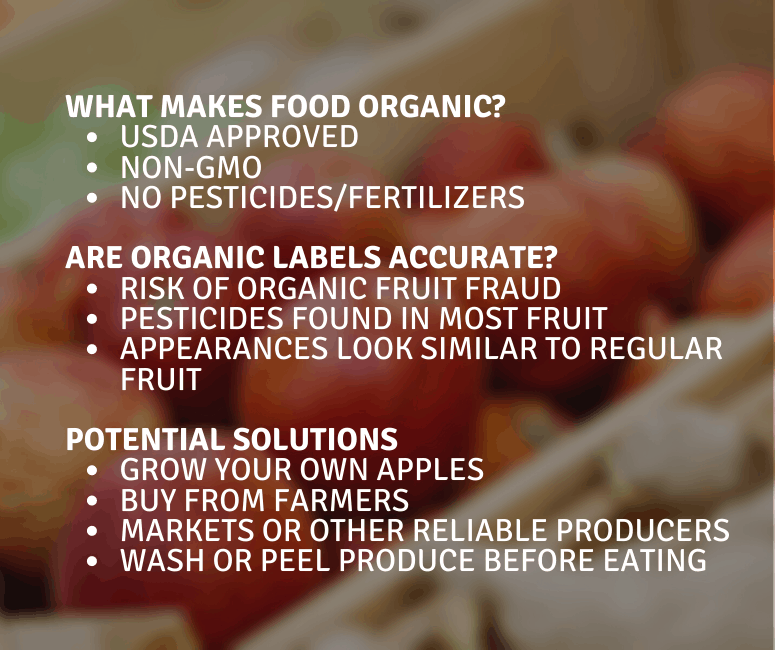

We make our own Sparkling Vinegar drink made with 100% organic apples. You can see our organic products by clicking here.
Sources:
Song, Weiran. (2016, November 3) Differentiation of Organic and Non-organic Apples Using Near Infrared Reflectance Spectroscopy – A Pattern Recognition. Retrieved July 17 2020 from: https://ieeexplore.ieee.org/document/7808530
Consumer Preferences, USDA, Moral Concerns, Cambridge, Wash Pesticides.

